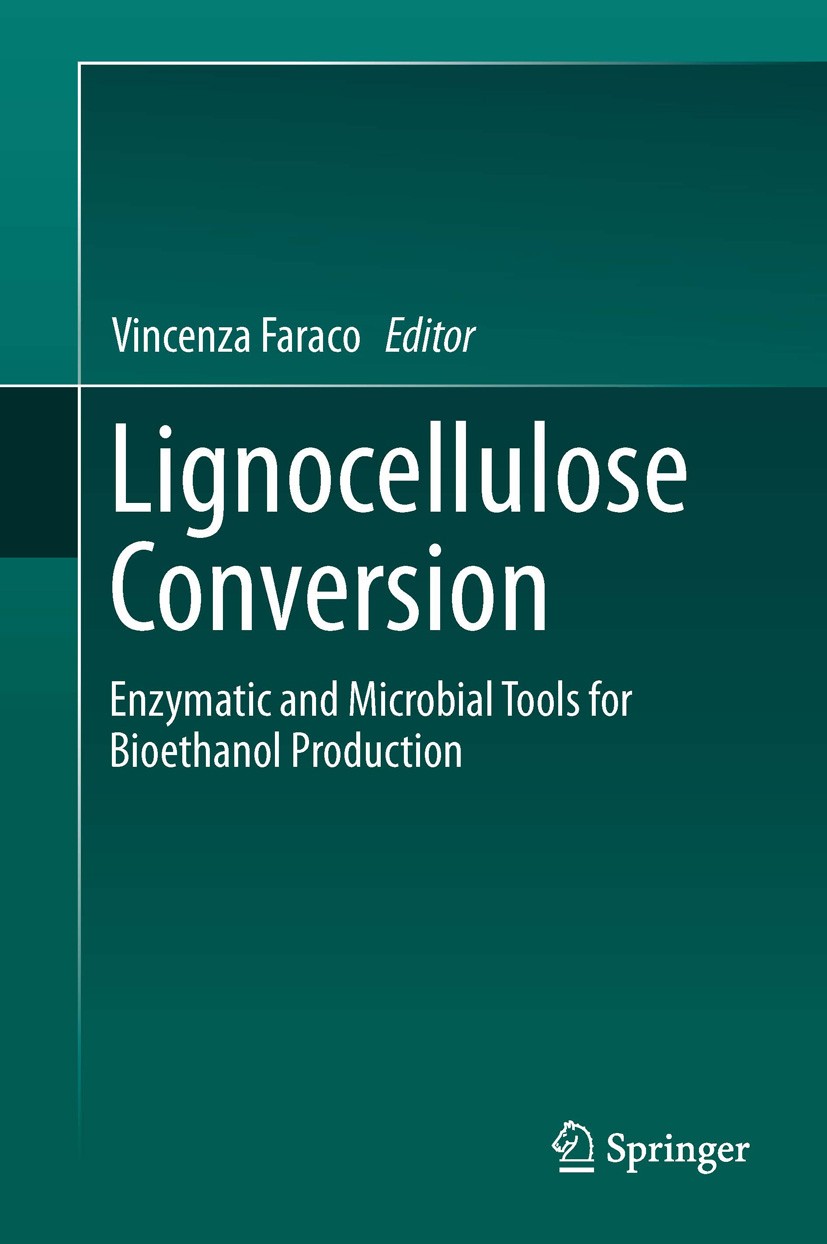| 书目名称 | Lignocellulose Conversion |
| 副标题 | Enzymatic and Microb |
| 编辑 | Vincenza Faraco |
| 视频video | http://file.papertrans.cn/587/586115/586115.mp4 |
| 概述 | Highlights the latest enzymatic and microbial tools for lignocellulose conversion.Describes the route towards second generation bioethanol production.All authors are eminent scientists well known for |
| 图书封面 |  |
| 描述 | Bioethanol has been recognized as a potential alternative to petroleum-derived transportation fuels. Even if cellulosic biomass is less expensive than corn and sugarcane, the higher costs for its conversion make the near-term price of cellulosic ethanol higher than that of corn ethanol and even more than that of sugarcane ethanol. Conventional process for bioethanol production from lignocellulose includes a chemical/physical pre-treatment of lignocellulose for lignin removal, mostly based on auto hydrolysis and acid hydrolysis, followed by saccharification of the free accessible cellulose portions of the biomass. The highest yields of fermentable sugars from cellulose portion are achieved by means of enzymatic hydrolysis, currently carried out using a mix of cellulases from the fungus Trichoderma reesei. Reduction of (hemi)cellulases production costs is strongly required to increase competitiveness of second generation bioethanol production. The final step is the fermentation of sugars obtained from saccharification, typically performed by the yeast Saccharomyces cerevisiae. The current process is optimized for 6-carbon sugars fermentation, since most of yeasts cannot ferment 5-car |
| 出版日期 | Book 2013 |
| 关键词 | bioethanol; biofuels; cellulosic ethanol; enzymatic hydrolysis; lignocellulose conversion; lignocellulosi |
| 版次 | 1 |
| doi | https://doi.org/10.1007/978-3-642-37861-4 |
| isbn_softcover | 978-3-642-44260-5 |
| isbn_ebook | 978-3-642-37861-4 |
| copyright | Springer-Verlag Berlin Heidelberg 2013 |
 |Archiver|手机版|小黑屋|
派博传思国际
( 京公网安备110108008328)
GMT+8, 2025-12-14 02:55
|Archiver|手机版|小黑屋|
派博传思国际
( 京公网安备110108008328)
GMT+8, 2025-12-14 02:55


